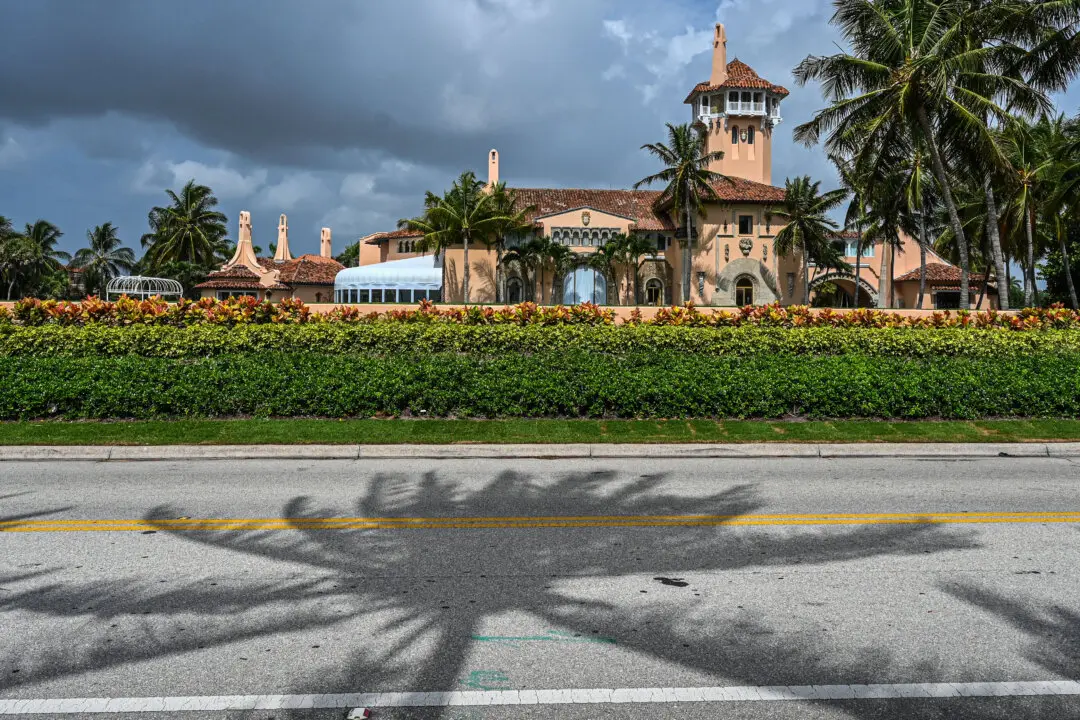Tropical Storm Xavier, which formed southwest of central Mexico and is churning out in the eastern Pacific Ocean, is already bringing heavy rains to the region, according to the U.S. National Hurricane Center on Nov. 4.
The NHC said in a 9 a.m. advisory that Xavier is about 115 miles southwest of Manzanillo, Mexico, and has maximum sustained winds of 50 mph while moving north at 6 mph.




